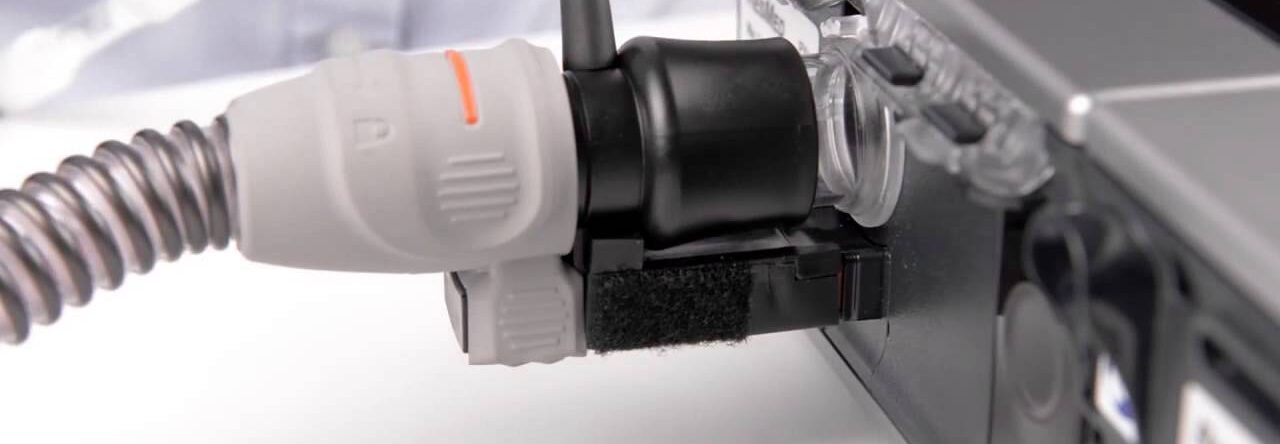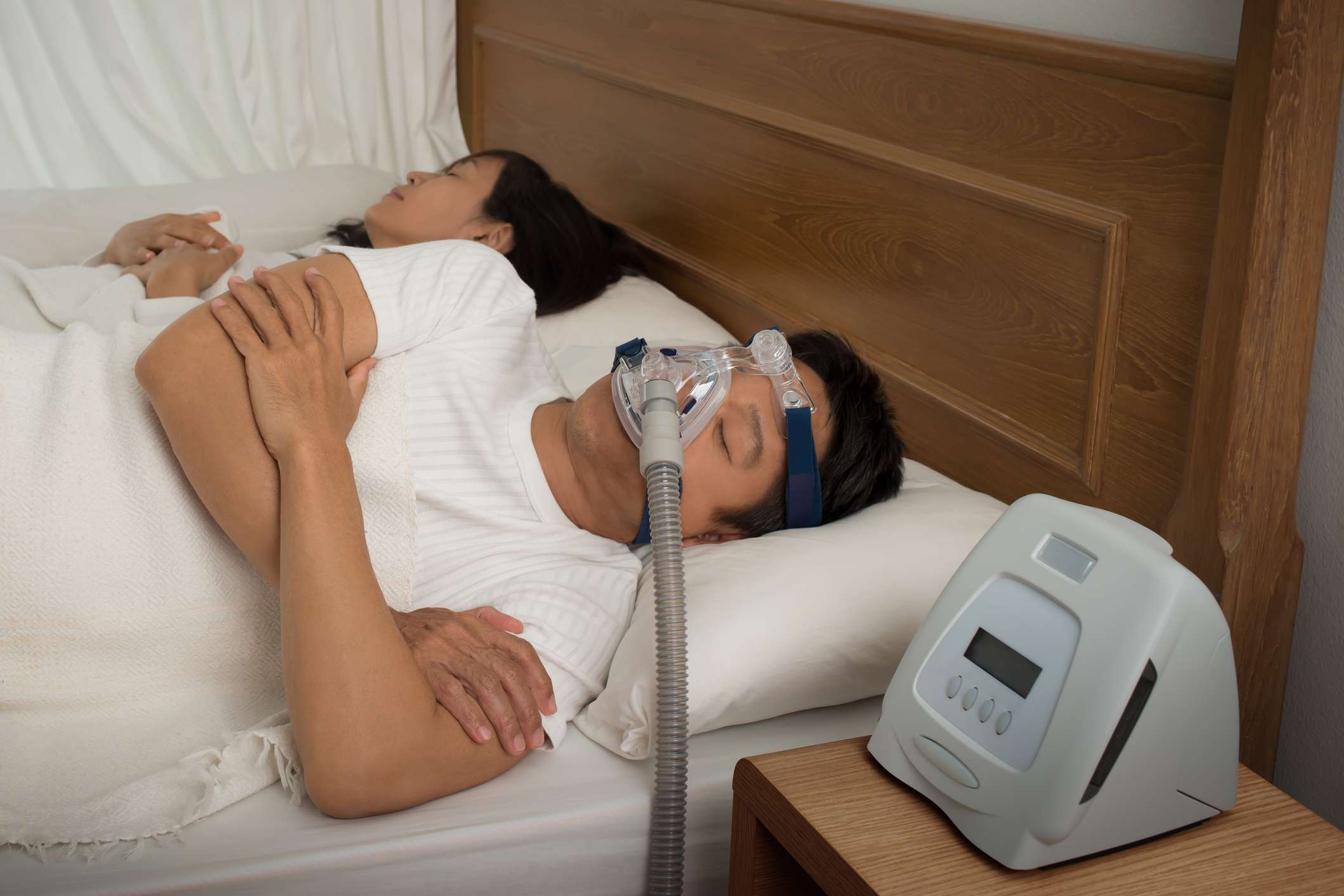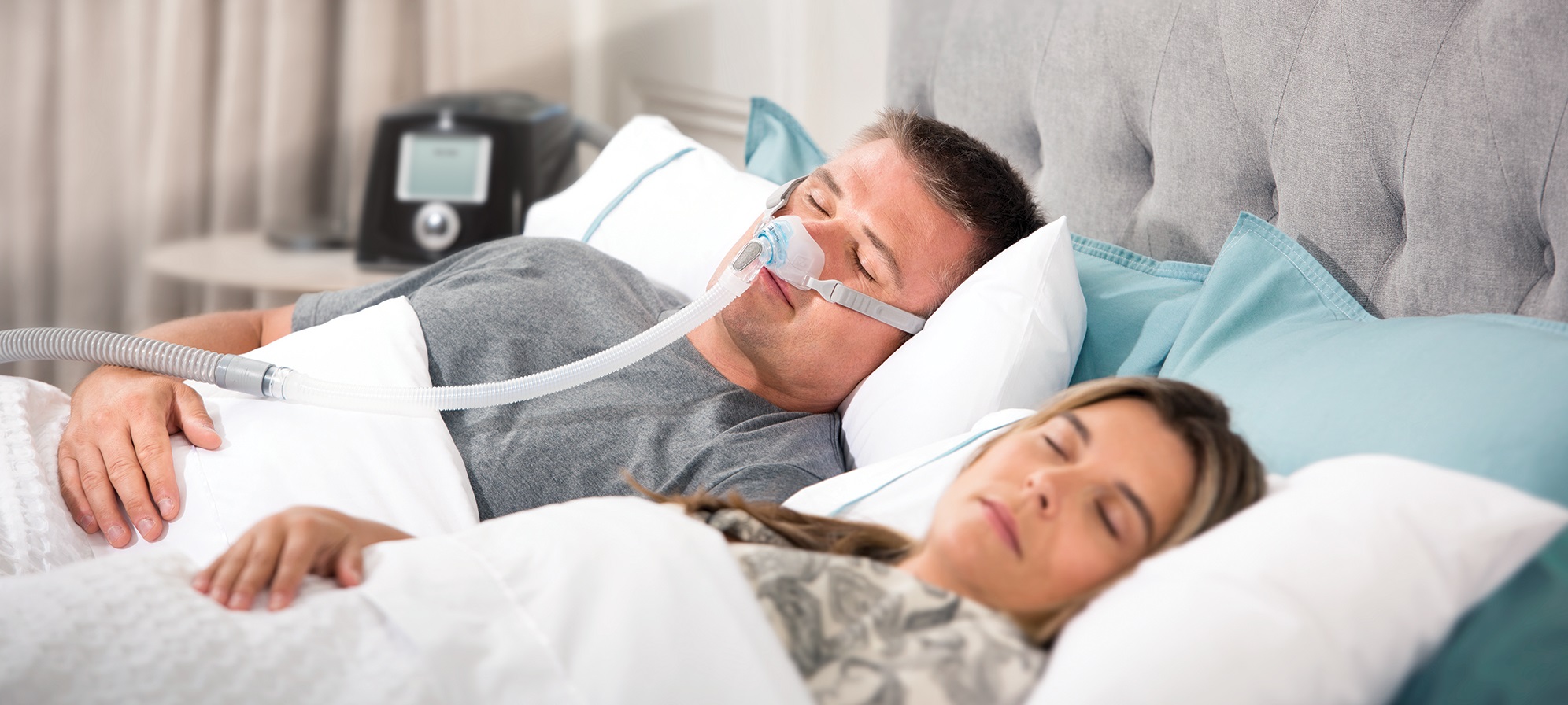It was thought that treating obstructive sleep apnea (OSA) would cause weight loss by reducing excessive daytime sleepiness and increasing physical activity.

On the other hand, a meta-analysis exposed the fact that using CPAP to treat OSA causes weight gain. Honestly, we are not disputing that you might not know this.
There are countless people whose weight increases because they use CPAP machines to treat sleep apnea. But, you may be thinking, how is that possible? First, treating sleep apnea and other sleep disorders is restoring one’s sleep condition.
That is why you must visit the clinic and consult a sleep doctor if you’re battling sleep apnea and other sleep disorders. Let me also chip in that it is no longer news that a CPAP machine is not the only way to treat OSA. Sleep apnea can make you feel uncomfortable. So, this medical equipment we want to talk about is essential.
One can treat sleep apnea by changing sleeping positions and oral appliances. Also, sleep apnea can be treated with hypoglossal nerve stimulation and neural stimulation. So, if the doctor asks you to get a CPAP device, please don’t opt out of other options. Honestly, you will enjoy some benefits if you use the CPAP device.
However, a CPAP machine can cause weight gain. In other words, a CPAP machine can make one add more weight. How? That is what this write-up is all about. Thus, it would be nice to create a piece of background knowledge.
So, we will discuss the meaning of CPAP machines before discussing the tips on how a CPAP machine can cause weight gain. First, however, your attention is highly needed. In this article, you can get the answer to how to buy CPAP machine online? Are you ready for the ride?
What is a CPAP machine?
A continuous positive airway pressure (CPAP) machine is the most frequently prescribed device to treat sleep apnea problems.
Breathing pauses or interruptions are brought on by obstructive sleep apnea (OSA), frequently due to a temporary obstruction or collapse of the throat or airways. While you sleep, a CPAP machine continuously blows compressed air into your mouth and nose.
This helps you breathe correctly by keeping your airways open. In other words, for obstructive sleep apnea, CPAP therapy is a frequent treatment.
To help you breathe while you sleep, a CPAP machine uses a hose linked to a mask or nosepiece to deliver consistent and stable air pressure.
A leaky mask, difficulty settling asleep, a stuffy nose, and a dry mouth are typical CPAP side effects. Furthermore, Continuous positive airway pressure, or CPAP, is a device that uses light air pressure to maintain your airways open while you sleep.
To address respiratory abnormalities connected to sleep, such as sleep apnea, your doctor may recommend CPAP. Underdeveloped lungs in premature newborns may also be treated with CPAP.

You may be curious to know if CPAP machines are suitable for sleep. Sleep apnea frequently causes drowsiness and afternoon weariness. By removing breathing pauses while you sleep, Continuous positive airway pressure can help you get back to your regular sleeping habits and extend your time in bed.
Hence, you’ll feel more rested when you wake up, and your energy levels will increase throughout the day. Furthermore, CPAP makes patients enjoy life. It also has adjustable straps and two pressure settings. So, you can set the pressure. Your doctor can ask you to use higher pressure or lower pressure.
That is why it is expedient to get a new CPAP machine. But buying the right CPAP machine that aligns with your sleep position is also essential. This unique tool will give you a good night’s sleep.
Other options include APAP machines, Bilevel machines, and BiPAP machines. If you are diagnosed with a sleep disorder, don’t just seek common treatment. You may need an air pressure machine. Then, most CPAP masks are made of silicone. It also has a nasal pillow mask. The nasal mask will protect you from skin irritation. Honestly, CPAP treatment is the best.
Tips on how a CPAP machine can cause weight gain

Researchers are unsure why using a CPAP machine to treat obstructive sleep apnea can result in weight gain. Because so many factors, including nutrition, exercise, hormones, and other environmental factors, affect body weight, it can be challenging to pinpoint how CPAP use impacts weight.
Hence, research on the effect of CPAP on weight is few because of these factors. However, specialists have hypothesized many potential factors for weight gain in CPAP users.
1. Changes in energy usage
Due to low oxygen levels or a hyperactive neural system, untreated obstructive sleep apnea may make people consume more energy when they sleep.
As a result, spending less energy while sleeping may start happening for those with OSA who start using CPAP.

Additionally, studies have shown that commencing CPAP causes a decrease in basal metabolic rate, which results in a reduction in overall resting calorie expenditure. As a result, some people may gain weight if they burn fewer calories.
Furthermore, the use of CPAP has been associated with reports of changes in energy metabolism, even though research is scarce and inconsistent. However, CPAP does not appear to change levels of physical activity significantly.
2. Having high blood sugar
The amount of carbon dioxide in the bloodstream rises when the organism is depleted of oxygen. This condition causes an increase in insulin resistance, which raises blood glucose levels.
These consistently elevated glucose levels raise the A1C over time.
Also, people with diabetes and other conditions where blood sugar management was already a problem seem to gain weight more frequently after using CPAP machines. In these circumstances, the rate at which the body reacts to insulin, a hormone that controls blood sugar and helps to store body fat, may be related to weight gain during CPAP.
3. Increase in waist sizes with CPAP therapy
First, the CPAP machine’s increased air pressure may make it harder for the body to evacuate the air, which could increase body mass. Second, using a CPAP machine may result in less deep sleep, which is frequently associated with weight gain.
Although waist size is not a weight measurement per se, doctors will occasionally use it to evaluate whether a patient is obese.
Not all research on CPAP usage and weight has discovered a rise in waist circumference, yet some people may acquire weight in the midsection after using it.
4. Time spent using the CPAP machine
The amount of time people spend on CPAP each night may affect weight changes. According to one study, people who used their CPAP machine for fewer than five hours per night only experienced a weight increase.
However, a different study found that those who use CPAP for more than four hours per night tend to put on more weight. Because of these unpredictable outcomes, it is challenging to determine whether wearing a CPAP for a prolonged period affects weight.
Closing thought
Dear reader, the above-listed information is enough to convince you that a CPAP mask can add to your weight. However, there are tips on using CPAP machines without gaining weight.
Finally, do you have questions or comments regarding this topic? Please feel free to ask your question. Thanks for reading.











